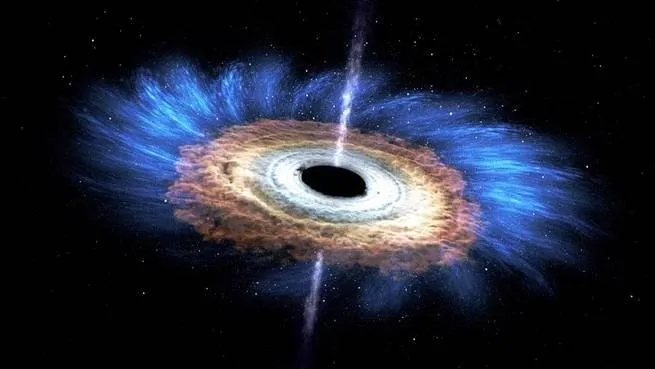This is the first time these black holes have been detected . the new discovery reinforce our current understanding of how galaxies evolve . every galaxy has one super massive black hole at its center . which grow by slowly devouring a host of smaller objects including star and even entire star systems this core region was suspected to contain many smaller black holes . that are closely orbiting super massive one .
Scientists used data that were gathered by the chandra X -ray observatory which features instruments designed to detect high-energy radiation . These high-energy radiation are emitted by the hot material which surrounds by exploded stars and nearby black holes . September 15, 2012 high proportion of emission have been detected from multiple x-ray sources within 3.3 light-year of our galaxy's core . current understanding of galactic evolution suggests that only one source could be found this close to the core , however the researchers detected 12 .

A star getting ripped apart by a black hole.
NASA's Goddard Space Flight Center
At least 6 of those x-ray sources are likely to be what astronomers call x-ray binaries typically , one member of the pair is an ordinary star while the other is either a black hole or a neutron star . however, emission from x-ray binaries that include neutron star often surge suddenly and then subside at least once 5 to 10 year because the x-ray emissions from their sources haven't varied inn the past 12 years .
